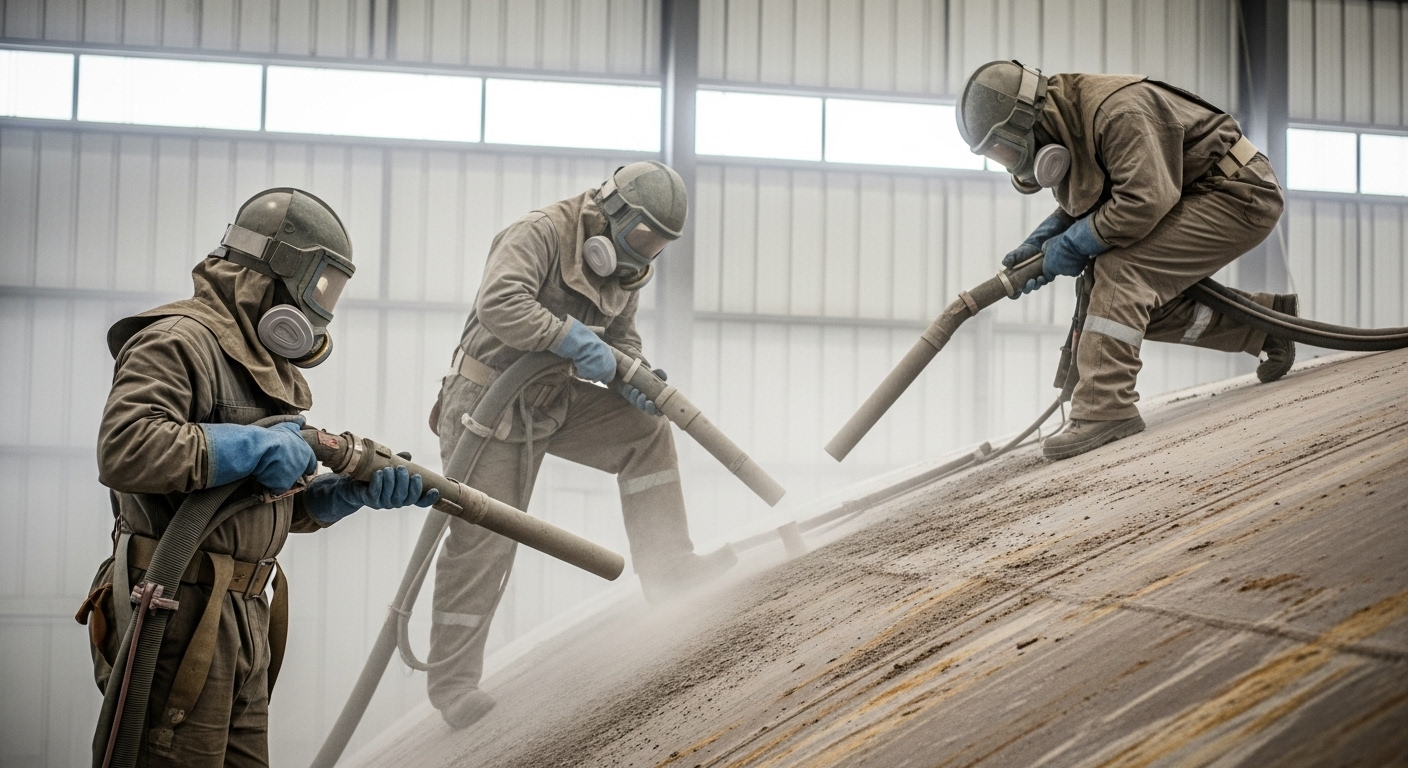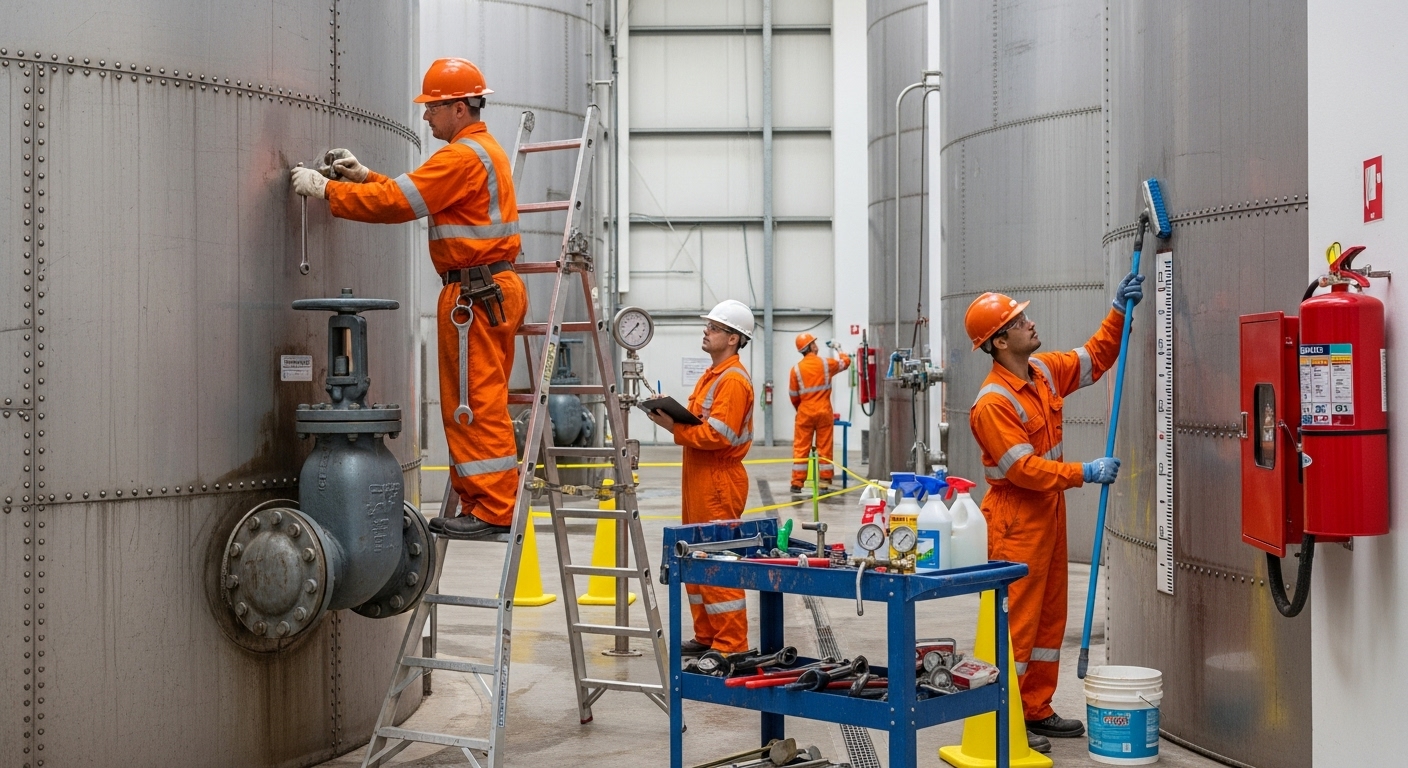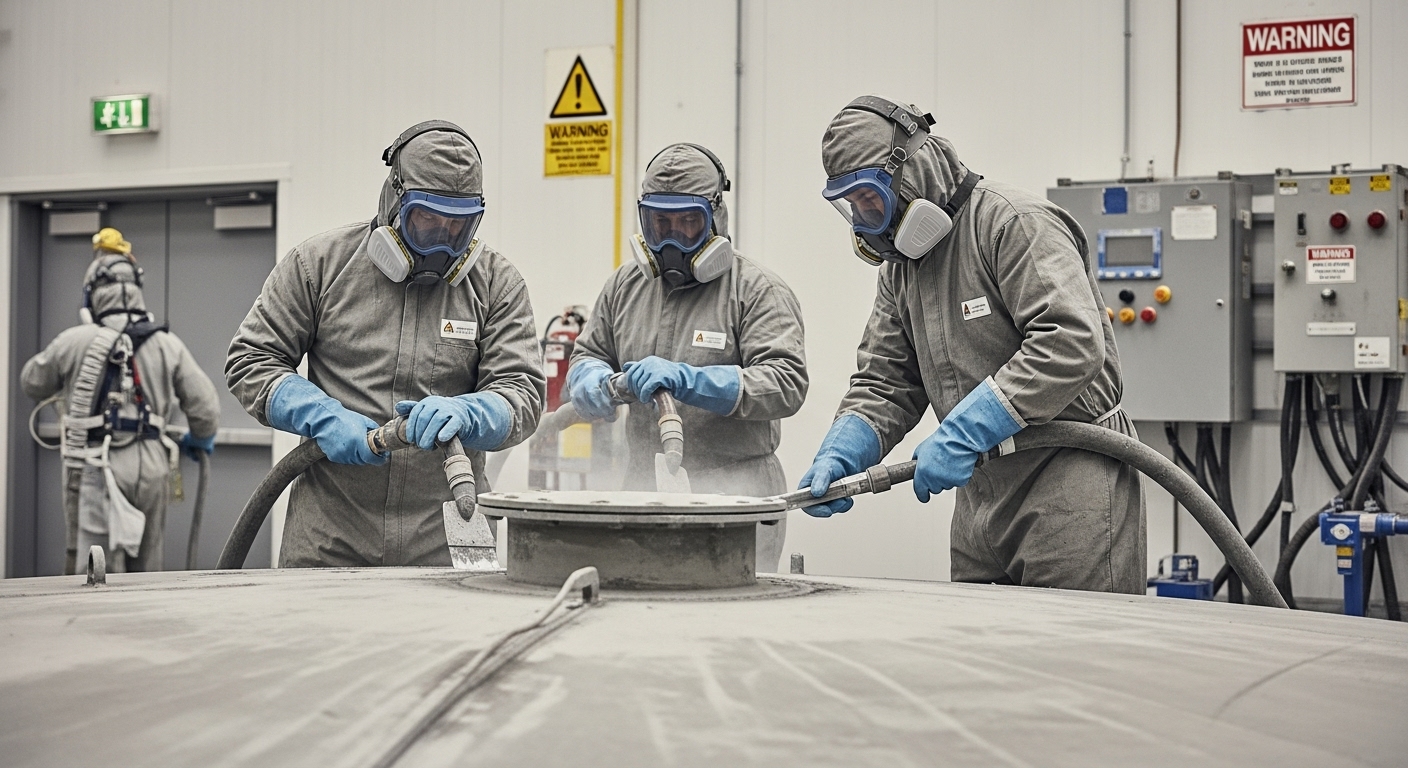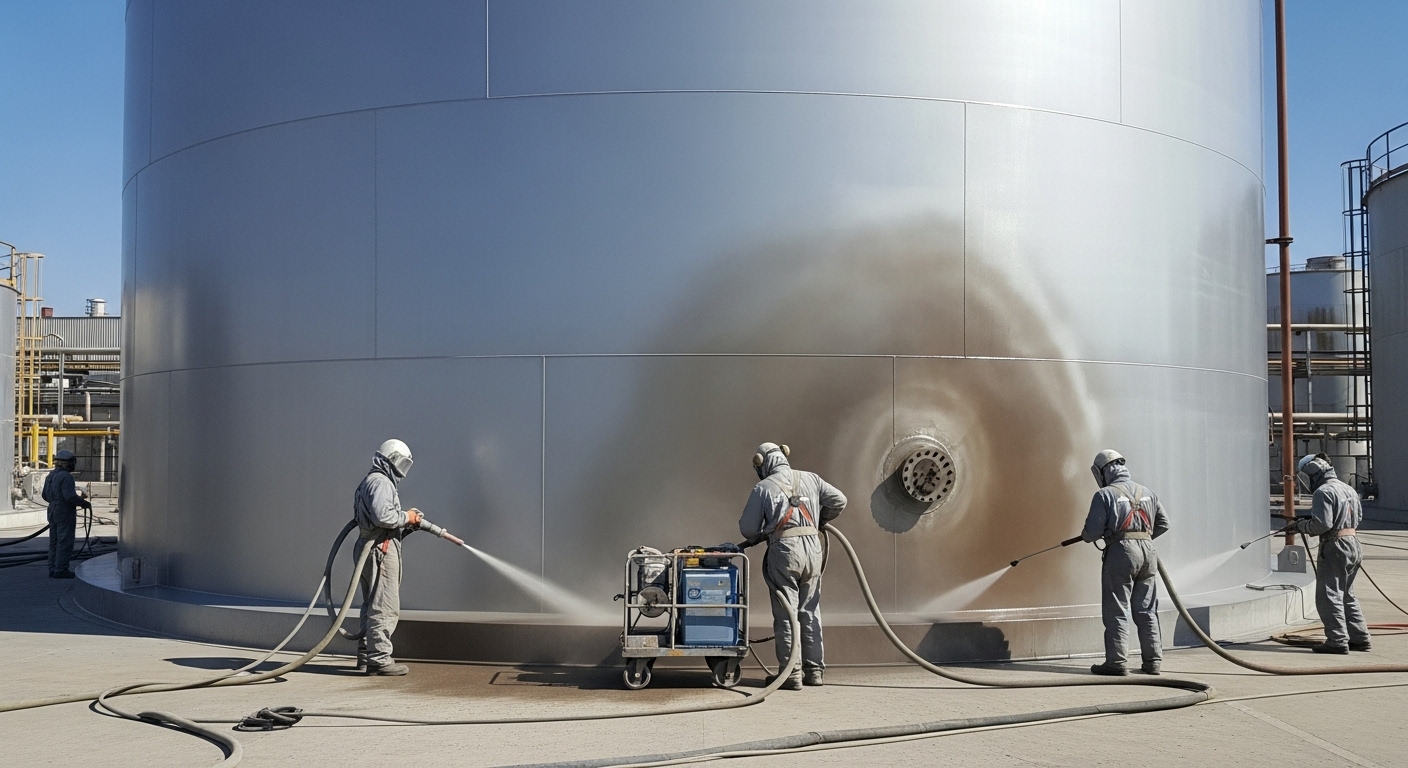Water tanks are silent guardians of our daily lives, storing and protecting the clean water that homes, industries, and communities rely on. Yet, like any structure exposed to the elements, these tanks face constant threats from rust, UV rays, and environmental wear.
Left unchecked, deterioration can shorten their lifespan, compromise water quality, and lead to expensive repairs. That’s where the water tank painting process comes in. Far from a simple coat of paint, this process is a meticulous, step-by-step system designed to protect, strengthen, and extend the life of water storage facilities.
Done right, it safeguards potable water, reduces operational costs, and ensures compliance with health and safety standards. In this guide, we’ll walk through every stage—from the initial assessment phase to the finishing touches. By the end, you’ll know exactly what goes into tank refinishing, why each step matters, and how professionals ensure a job that lasts.
Why understanding the water tank painting process is essential for longevity?
When people think of painting, they often picture rolling color onto a wall. But the water tank painting process is entirely different. It’s a protective engineering measure as much as an aesthetic one.
Each coating layer is designed to create a barrier against corrosion, weather, and microbial growth. Skipping even one of the critical tank painting steps can mean premature coating failure or costly downtime.
Some key benefits of following the correct painting procedure include:
- Extending tank life by up to 15–20 years
- Maintaining potable water safety standards
- Preventing rust and structural damage
- Supporting regulatory compliance for municipal and industrial use
In short, the right coating application process preserves not just the tank, but the community’s trust in its water supply.
The Initial Assessment Phase Before Any Tank Painting Steps
Every successful painting project begins long before the first brush stroke. The initial assessment phase sets the foundation by identifying structural concerns and planning the right approach.
During this step, professional contractors:
- Inspect the tank’s exterior and interior for rust, cracks, or leaks
- Check old coating layers to see if they need full removal
- Test the surface for contaminants like oil, dirt, or salts
- Create a project timeline that accounts for curing requirements and weather
Skipping this inspection risks sealing in damage, leading to hidden corrosion beneath the new paint. Whether it’s a community tower or an industrial tank, this phase ensures the project starts with a full understanding of the tank’s condition.
Cleaning and The Abrasive Blasting Phase
Before new coatings can be applied, the surface must be spotless. This is where the abrasive blasting phase comes in—a critical part of surface preparation steps.
Here’s what it involves:
- Removing rust, old paint, and contaminants using blasting equipment
- Creating the right surface profile to help primer and topcoats bond
- Checking for hidden damage revealed only after blasting
This step is vital because even the best coating application process won’t work if the paint doesn’t adhere. Clean surfaces mean longer-lasting results, stronger adhesion, and reduced risk of peeling.
Primer Layer and Early Painting Procedure
Once the surface is prepared, it’s time to start coating. The primer application is the first line of defense against corrosion.
Key details of this stage:
- The primer seals the bare metal from oxygen and moisture
- Specialized primers are chosen based on whether the tank is for potable water or industrial storage
- Even coverage is ensured using industrial sprayers or rollers
This stage is non-negotiable. Skipping primer or applying it unevenly sets the stage for coating failure down the line.
Full Coating Application Process and Mid-Layer Systems
After priming, multiple coating layers are added in sequence. This is the heart of the tank refinishing process.
Typical mid-layer systems include:
- Epoxy layers for chemical and corrosion resistance
- Polyurethane or UV-resistant coatings for exterior durability
- Food-grade coatings for potable water safety
Each layer has its own curing requirements before the next is applied. This ensures the paint bonds properly, extending the tank’s lifespan and performance. Contractors monitor temperature, humidity, and drying times closely to meet standards.
Protective Topcoat Application for Exterior Durability
The final stage of the painting procedure is the topcoat. Think of it as the armor that shields the tank against everything the outside world can throw at it.
Benefits of a quality topcoat application include:
- Long-term weather resistance
- Protection from UV rays that break down coatings
- Enhanced aesthetics that reflect community pride
- Added strength to withstand wind, rain, and pollutants
For elevated or municipal tanks, the topcoat also creates a polished look that signals reliability to the public.
Quality Control and Inspection Before Project Completion
The work isn’t done once the paint dries. A thorough quality control process ensures the tank is ready for service.
Final steps include:
- Testing coating thickness for uniform coverage
- Checking for cracks, pinholes, or missed areas
- Confirming adhesion strength
- Conducting water safety tests for potable tanks
This final inspection validates the integrity of the entire coating application process and protects against early failures.
Step 7: Long-Term Care and Post-Painting Maintenance
Even the best job needs upkeep. A post-painting maintenance plan is essential for preserving the work done during the project.
This includes:
- Scheduling periodic inspections every 1–2 years
- Touching up damaged or worn sections promptly
- Recoating according to the recommended maintenance schedule impact
- Cleaning tank exteriors to remove dirt and debris
Ignoring this stage shortens the paint’s lifespan. Consistent maintenance transforms a 10-year coating into a 20-year investment.
Find The Perfect Paint for Your Tank
The water tank painting process isn’t simply about looks—it’s a carefully engineered system designed to preserve water safety, structural strength, and community trust. From the initial assessment phase to the abrasive blasting phase, through primer, coatings, and post-painting maintenance, each step carries weight.
When handled correctly, these tank painting steps extend lifespan, cut costs, and ensure compliance with strict health standards. But when corners are cut, tanks deteriorate faster, water quality suffers, and communities bear the financial burden.
If you’re planning a tank refinishing process, take time to choose experienced professionals who follow each stage with precision and integrity. The right team can transform a vulnerable tank into a secure and long-lasting asset.
Ready to protect your water system for the future? Find the Perfect Paint for Your Tank and invest in safety, reliability, and long-term peace of mind today.







